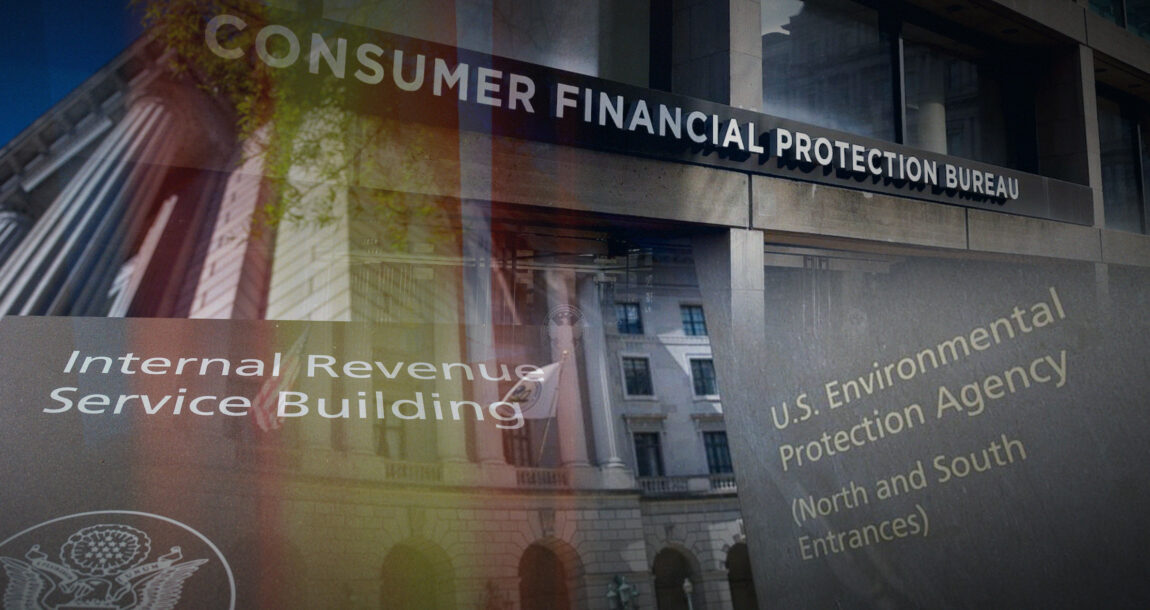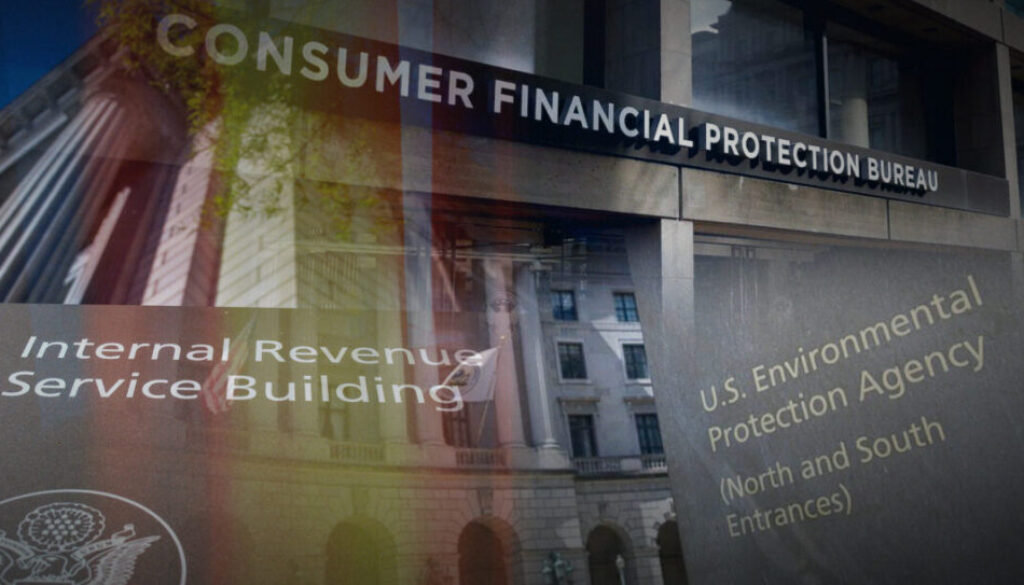4 things every federal worker should do to safeguard their benefits

As tens of thousands of federal workers face the sudden loss of employment, it comes with important decisions about their excellent benefits.
One expert has some advice on steps those employees need to take to safeguard their retirement nest egg.
“It’s confusing for people who don’t know what they should do,” said Cassie Graves, federal benefits consultant with Fed Options. “They’re getting so many emails right now.”
At least 10,000 workers in various areas of the federal administration, from federal land management to the care of military veterans, have been laid off in the last week as President Donald Trump continues his quest to shrink the federal government.
The layoffs are in addition to the approximately 75,000 workers who accepted a severance package offered by Trump and Musk to voluntarily leave their positions, according to the White House. This is equivalent to around 3% of the 2.3 million civil servants employed in the U.S.
That offer is known as “deferred resignation,” Graves explained, and keep employees on the federal payroll until Sept. 30. The Office of Personnel Management recently clarified that employees who are eligible for the deferred resignation offer and are at least age 50 with at least 20 years creditable federal service, or any age with at least 25 years creditable federal service.
The FAQs further clarified that employees would continue to accrue retirement benefits during the deferred resignation period. The overwhelming response to the retirement offer has OPM backed up, Graves noted, which means employees might be waiting for resolution.
“Not only are people trying to figure out what they do – resign, retire, what happens to the benefits, what doesn’t happen to their benefits,” Gaves said, “they’re also trying to figure out if they do retire, how long is it going to take for their paperwork to process?”
By the time Sept. 30 gets here it will likely take six to 12 months for retirement paperwork to process, she added.
Generous federal benefits
Many active and retired federal employees were the first participants in the Federal Employees Retirement System, which was established in 1987 to replace the old Civil Service Retirement System. The Thrift Savings Plan is the centerpiece of the FERS, as the federal government engineered a massive shift from a defined benefit plan to a defined contribution plan.
FERS came about amid a remarkable period of bipartisanship driven by the need to rein in Social Security and cut the federal budget. Despite initial opposition from labor groups and veto threats from the Reagan administration, Congress ultimately enacted a plan that reduced federal spending and completely overhauled the federal retirement system.
FERS includes three basic elements:
• Mandatory Social Security coverage of civilian federal workers as a base.
• A basic and mandatory defined benefit pension plan, but with a lower level of benefits than the rich plan that existed at the time.
• And a new voluntary thrift savings 401(k)-type plan (patterned on the private sector), where worker contributions matched by the employer would be invested in a limited variety of investment funds. The changes applied to most federal civilian workers hired after 1983, including by the foreign service and intelligence agencies.
Social Security and the TSP are portable for employees who leave federal employment.
Safeguard those benefits
Fed Options supports advisors with consulting expertise and back-office support systems. It is a busy time, Graves said, as federal employees receive a generous set of benefits. But they need to know what to do when faced with the sudden loss of a civil position. She recommends four steps:
Get a copy of their Standard Form 50. The SF-50 is also known as the Report of Personnel Action, and the official record of a federal employees’ career history. These records are stored in the human resource files of the employees.
“It gives them their service history and all the information they need,” Graves said. “That way, if there’s any discrepancy with service time or pay or anything like that, they have the document that they need to refer back to.”
Decide on deposits and redeposits. Federal employees can make deposits and redeposits to their retirement fund or even their service time. But the forms need to be filled out and submitted, Graves explained.
“For instance, you could have someone who is age 50, and they only have 10 years of federal service, but then they also had 10 years of military service,” she said. “If they were to buy that time back, that would make them eligible for this early retirement.”
Get retirement paperwork in order. That starts with understanding the full range of federal benefits and how each one might be impacted by a decision to accept a retirement offer.
“You can’t make a plan if you don’t even know where you’re starting from, and that’s the important part,” Graves pointed out. “So, they need to look at the numbers, and they need to get their paperwork in order, so that if something were to happen, or if they do decide to retire, it’s all ready to go, and they can turn in that paperwork.”
Scrutinize beneficiary forms. Employees need to make sure their beneficiary forms include the correct beneficiaries, or any beneficiaries at all, Graves said.
“This is going to be huge because so many employees don’t understand who’s named on their beneficiary forms,” Graves said, “and even that there are even a separate set of forms to complete.”
© Entire contents copyright 2025 by InsuranceNewsNet.com Inc. All rights reserved. No part of this article may be reprinted without the expressed written consent from InsuranceNewsNet.com.
The post 4 things every federal worker should do to safeguard their benefits appeared first on Insurance News | InsuranceNewsNet.





